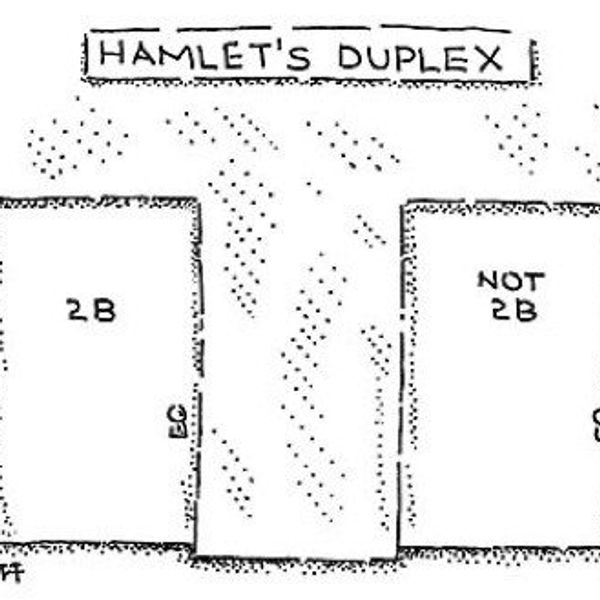14 billion pounds of trash are dumped into the ocean per year.
This takes place almost everywhere in the world. Almost every country dumps trash into the ocean somehow. A prime example is the Ganges river, where almost 1.2 billion pounds of trash flow out to the ocean per year. Since we humans live on land, we can't afford the space taken up by the massive amount of trash we create, so we throw it out into the sea. However, plastic doesn't decompose fast at all, with decomposition times ranging into the hundreds of years.
However, there is the added atrocity of trash islands. The ocean has natural patterns of water flow, the currents. These currents make it so that trash can group up in one spot, which it does very easily. After enough time, the trash amounts can grow large enough, that actual floating islands can be created from the garbage. The most popular trash island, called the Great Pacific Garbage Patch, is almost 600,000 square miles large.
Another problem is that many marine species, namely sea turtles, ingest the trash thinking of it as food. Plastic, unlike food, is poisonous, but marine life can mistake plastic for jellyfish, and ingest them. After enough buildup, sealife that ate plastic won't feel hungry, since their stomachs are full, but will be lacking nutrition and die. The plastic is causing the devastation of large ecosystems as many animals are killed.
Many people are trying to solve the problem that threatens the larger part of the Earth's surface. An example is an organization called The Ocean Cleanup, which develops technology that aims to remove trash from the ocean on a large scale. Many organizations like this exist to help clean our waters. Many people also hope that in the future, more packaging will be biodegradable, meaning that it will pose less of a threat to the oceans and that it might stay on land. Biodegradable packages would break down much easier and faster, meaning that it wouldn't last as long.
To help stop this threat now, there are multiple things that you can do. One is to stop eating seafood that is gained using unsustainable fishing methods. Another is to pick up trash along beaches. Lastly, you could try to buy more biodegradable packages, and try to throw out less trash. By keeping a conscious mind about what kind of footprint you leave on the world, you decide the kind of footprint future generations leave.



















